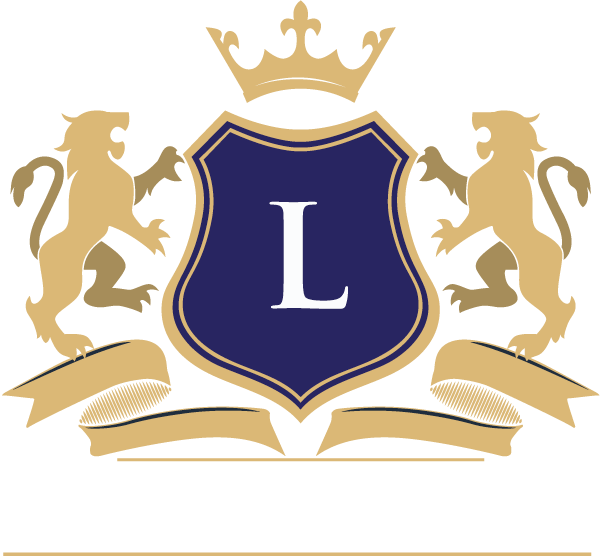In the dynamic trajectory of today’s digital era, blockchain technology is increasingly recognized as a vanguard of innovation. Originating from the cryptocurrency space, blockchain’s decentralized framework now offers transformative solutions across various sectors, promising unmatched transparency, security, and permanence. At the heart of our discourse is the revolutionary application of blockchain: digital certificates. At the London Institute of Business and Technology (LIBT), we view these as the future blueprint of academic and professional validation.
Problems with Traditional Credentials
Historically, academic credentials have played a pivotal role in professional validation and growth. However, this system faces multifaceted challenges in the modern age. The digital revolution, despite its plethora of opportunities, has inadvertently made the forgery of credentials more feasible, casting doubts over genuine academic achievements and complicating the process of talent identification. In addition to this, the verification process, which involves reaching out to educational institutions to validate credentials, has become notably time-consuming. This often results in delays that affect pivotal professional decisions. The administrative aspects of these verifications can be burdensome, particularly for larger organizations that need to process a significant volume of these checks. Furthermore, traditional paper-based credentials bring their own set of challenges. They are susceptible to physical wear and tear, loss, and theft, all of which are especially problematic when international verification is required.
It’s also worth noting a 2019 study by Crowe UK in tandem with the University of Portsmouth – The Real Cost of Recruitment Fraud – which highlighted the broader societal and economic implications of these challenges. Their research found that recruitment fraud alone costs UK businesses a staggering £23.9 billion annually.
Introduction to Blockchain Certificates
Blockchain certificates represent a significant departure from the traditional framework of credentials. These certificates, anchored in the decentralized architecture of blockchain technology, offer an unprecedented level of security and verifiability. One of the foundational attributes of these certificates is their immutability. Once they are issued, any alterations become virtually impossible. In terms of transparency, all processes from issuance to distribution are clearly and permanently recorded on the blockchain. This decentralized approach stands in contrast to the vulnerabilities found in more centralized systems. Beyond these foundational attributes, blockchain certificates also offer several advantages. Their validation processes are notably swifter, largely owing to blockchain’s instantaneous verification capabilities. The cryptographic underpinnings of blockchain ensure robust data security, effectively making these certificates resistant to tampering. Additionally, as these certificates are digitally native, they can be easily accessed from anywhere in the world, facilitating international recognition and mobility.
LIBT: Pioneering Blockchain Adoption in 2021
LIBT’s decision in 2021 to incorporate blockchain certificates marked a significant stride towards academic innovation and excellence. Recognizing the latent potential of blockchain, we moved proactively rather than reactively, highlighting our commitment to staying ahead of technological shifts. Our aim was not only to combat the prevalent distrust arising from credential malpractices but also to offer globally valid, verifiable, and immutable certifications to our diverse student community.
One of the paramount advantages of blockchain certificates is their innate sharability across various platforms. In an age where personal branding and digital presence are intertwined with professional success, the ability to seamlessly share one’s academic achievements becomes indispensable. Blockchain certificates can be effortlessly disseminated across social media platforms, professional networks like LinkedIn, and digital portfolios. This not only expedites the recognition process but also amplifies an individual’s credentials to a global audience.
Sample LIBT blockchain-verified certificate
Use Cases and Real-World Examples:
Blockchain’s potential for certification isn’t just a matter of theoretical debate. Prestigious institutions, including MIT, have already adopted blockchain credentialing. Similarly, LIBT’s decision to integrate blockchain certifications in 2021 reinforces our reputation as early adopters. The education sector has also seen the rise of platforms like Accredible and Credly, with the latter’s blockchain-centric approach leading to its acquisition by Pearson for a significant $200M in 2022. (source)
Future Implications:
Blockchain certification is set to make waves across multiple sectors. Educational institutions can harness it to augment their global academic partnerships. In the business realm, the streamlined and swift verification procedures enabled by blockchain are a boon. Industries that rely heavily on professional certification can now turn to blockchain for a consistent and reliable validation of qualifications. Yet, the path forward requires a deeper understanding of the technology, coupled with a standardized approach and adherence to global data privacy standards.
Conclusion:
As we introspect on the evolving landscape of credentialing, it’s evident that blockchain certificates represent more than a technological advancement — they are an academic imperative for the modern era. Their unparalleled promise of authenticity, seamless verification processes, and worldwide relevance make them vital in our interconnected world. At its core, this transition underscores a broader narrative of trust, integrity, and the unwavering pursuit of excellence. LIBT’s proactive adoption of blockchain credentials epitomizes this ethos, reflecting our commitment to setting benchmarks not just for ourselves but for the academic fraternity at large. Ultimately, the rise of blockchain in the academic realm challenges all stakeholders to not just adapt, but to envision and lead. It compels us to navigate the digital age with foresight, integrity, and an undying spirit of innovation.







Leave a Reply
You must be logged in to post a comment.